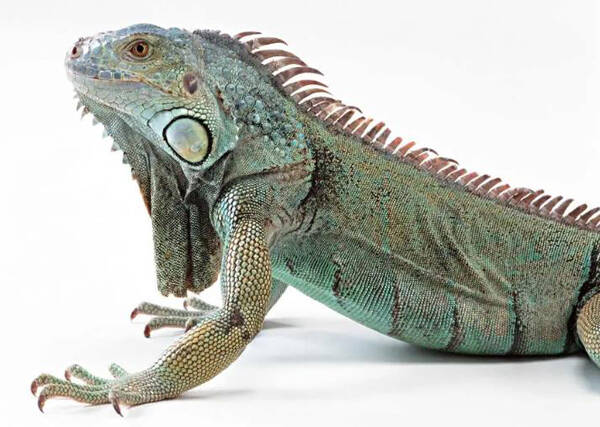If a person drinks seawater, he will become thirstier and thirstier, and eventually he will even die of thirst. However, fish, birds, reptiles, etc. that live in the ocean throughout their lives are not in this danger. Why is this? It turns out that they all have their own unique desalination "device". Scientists have recently revealed the secrets of their devices.
As long as the fish opens its mouth, water will fill its mouth. However, most of this water will flow out through the gill slits and will not enter the abdomen. However, when it eats, part of the seawater will enter its belly with the food. In addition, according to the laws of physics, if the container is separated by a semi-permeable membrane, one side is filled with water with high salt content, and the other side is filled with water containing high salt content. Fill it with water with a low salt content, and the water with a low salt content will seep toward the water with a high salt content until the salt content on both sides is equal. The skin surface, oral mucosa, gills, and even the membranes of individual cells in all organs and tissues are such semi-permeable membranes. The amount of salt in fish bodies is lower than that in sea water. Therefore, the water in the marine fish body will automatically leak out of the body, increasing the salt content in the body. To compensate for the leaked water and maintain a certain level of salt content in the body, it must replenish more water, that is, drink the salt water Become fresh water.

Fish achieve this purpose by using a "device" that removes excess salt from the blood. This "device" does not rely on the kidneys to eliminate excess salt, because the kidneys can only eliminate low-grade salt water, and while eliminating salt, they also have to eliminate a large amount of water, which is not appropriate. It turns out that fish use special cells in their gills (called salt-excreting cells) to continuously extract large amounts of salt from the blood, and then transport the mucus along with it into the gill cavity at a high concentration, and then flow out of the body. Therefore, although the fresh water in the body is constantly seeping out through the skin, it can continue to drink large amounts of sea water to "quench its thirst."

Seabirds also have this dilution "device", but the structure is different. There was a time in the past when people tried to raise seabirds in zoos, but they couldn’t survive anyway. It took a long time to discover that they had eaten too little salt. Seabirds have adapted to the marine environment and are accustomed to eating large amounts of salt. Their desalination "device" is located in the upper part of their eye sockets, and the outlet is located in the nostrils. They used to be called nasal glands, but are now called salt glands. From time to time, a seabird will expel a bright drop of water from the nostrils on the upper part of its bill and shake it off with a shake of its head. This water droplet is mucus containing a large amount of salt excreted by the salt glands. If a seabird is fed very salty food, its nostrils will always be watery, as if it has a bad cold, which means it is excreting too much salt.

Reptiles that live in the ocean or seaside: turtles, snakes, and crocodiles also have salt glands. But its outlet is not in the nostrils, but in the corners of the eyes. People have long discovered that crocodiles shed large, bright tears from their eyes when they eat. Therefore, people use the term "crocodile tears" to describe false compassion. The nature of this phenomenon has now been discovered, and it turns out that what is flowing out is nothing more than a highly salty solution discharged from the salt glands.
animal tags: turtle snake crocodile seabird seawater freshwater
We created this article in conjunction with AI technology, then made sure it was fact-checked and edited by a Animals Top editor.